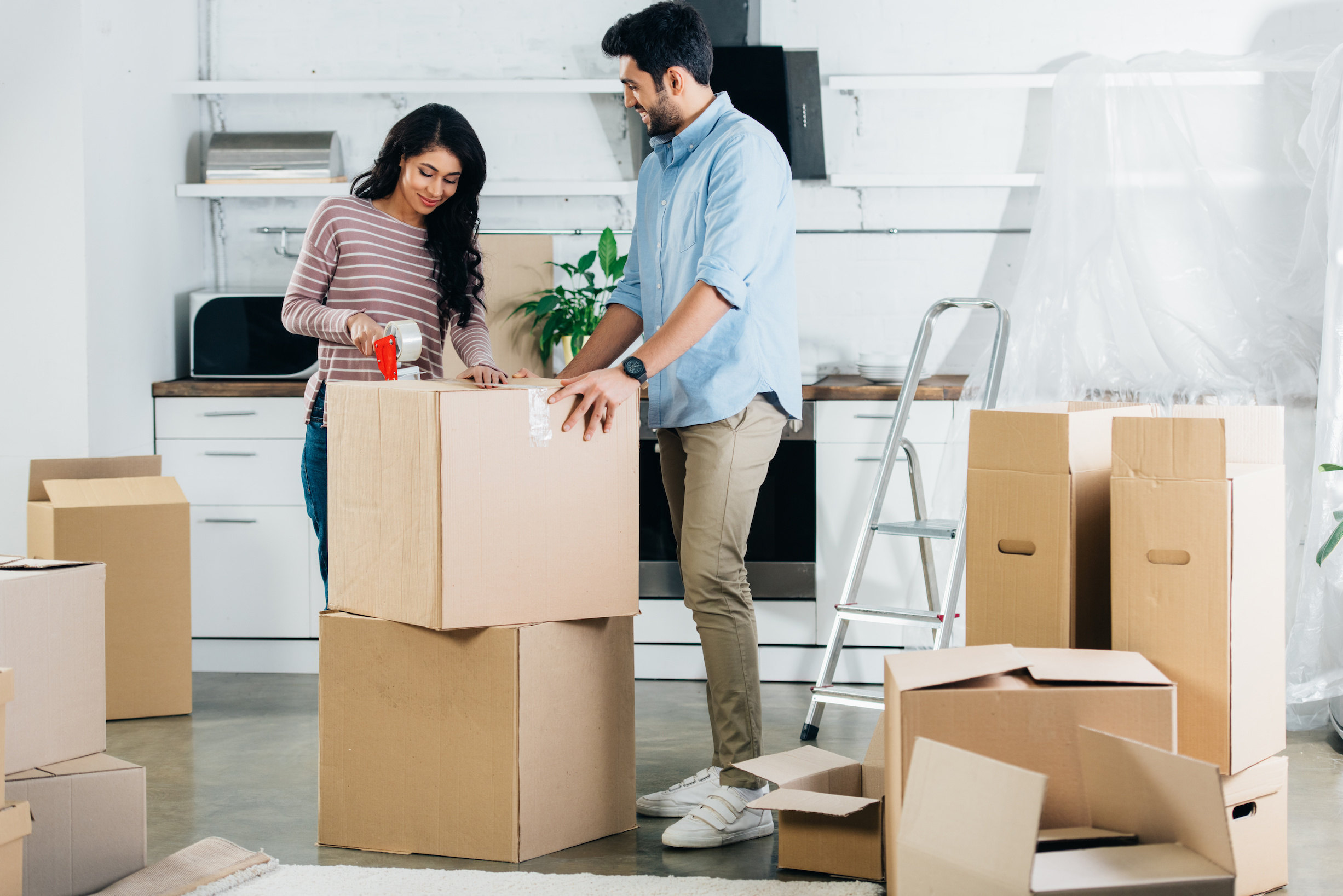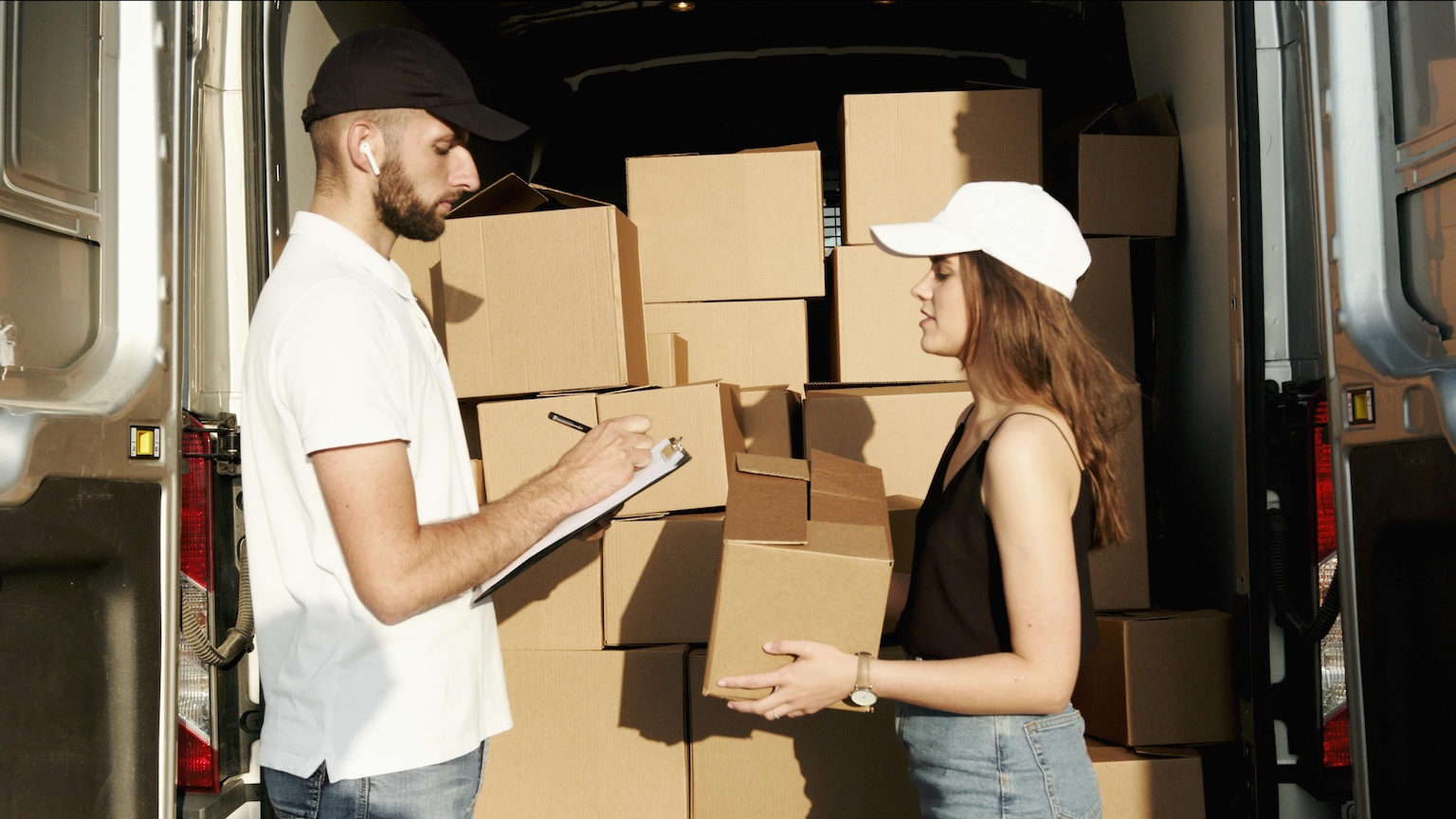
One of the most challenging tasks when preparing your belongings before your move is packing fragile items. It’s crucial for you to handle all fragile and delicate items with the utmost care to prevent them from breaking or getting damaged during transport. Your packed items are put into boxes that go through lots of handling during the moving process. Hence, all your fragile items must be packed securely in order to withstand any handling.
To protect your fragile items and get them ready for moving, you have to properly and securely pack them. Before starting the process of packing your fragile items, gather as much patience as you can—fragile items need to be handled slowly and surely. You shouldn’t pack as fast as you can just to save time. The faster you pack, the higher the chance that you won’t pack them properly and end up with damaged items during the transport. So, muster up all your patience and time. Below are the steps to follow when packing your fragile items for moving.
- Prepare in advance
First things first, plan and prepare your strategy ahead of time when it comes to organizing and packing your items. There’s no need for you to rush this step since preparations should start at least 2–3 weeks before your moving day. That way, you’ll have time to thoroughly check everything and have every item appropriately prepared.
Include in your preparation the separation of fragile items from sturdier items. For those sturdier items, you can start packing them first and fit them in bigger boxes. Meanwhile, save the breakables for last. It’s better if you wait until everything else is packed before you focus your time and attention on the delicate ones. The fragile items need more time for packing than the less breakable ones, so make sure you have plenty of time left for them.
You can also call on the help of your chosen moving company in packing your things. Some professional moving companies like thebigboymovers.com include packing as part of their services. Ensure you call for their assistance at least a week before your moving day so you have all the time you need for packing.
- Gather all the packing supplies needed
Once you have successfully wrapped the unbreakable items, it’s time to prepare all the supplies you’re going to need in packing the fragile items—that includes lots of bubble wrap, tissue paper, a strong adhesive tape, a piece of sturdy cardboard, a cushion, and a box that’s secure enough to hold plates, frames, or glassware. Make sure you work in a spacious area—better yet, on the floor—to prevent the fragile items from falling or getting scratched.
As for the boxes, it’s best if you use small yet sturdy boxes for the fragile items so the things won’t shift around inside during transport or handling. Before you try putting anything to it, secure the bottom first by adding extra strips of adhesive tape. This is the perfect time to be generous with your tape. If you like adding more strips, add them—the more tape you use, the more the box can hold and support heavy items. It’s a good idea to layer the bottom of the box with a soft material such as a used cushion or pillow, foam, or used towels.
- Individually wrap each piece and item
Now your packing supplies and boxes are ready, it’s time to start wrapping each fragile item individually. Your fragile items can come in various forms—plates, glassware, picture frames, figurines, mirror, valuable paintings—but regardless of which type it belongs, they need to be wrapped securely and individually.
Everything should be wrapped based on the shape, size, and type of material of the fragile items. The larger and heavier the item is, the more generous you should be in wrapping it with bubble wraps and tissue paper. Never wrap two fragile items at once as a way of saving time and effort—you’re only increasing the risk of breaking them both. If those items have any lids or removable parts, remove them and wrap them separately.
In case you don’t have a budget for plenty of bubble wraps, try using tissue paper as an alternative as it’s much cheaper. Make sure you cover the item with as much tissue paper as you can until you almost can’t feel the item’s surface. Items with hollow spaces like mugs, jars, and glasses, should be filled with used newspaper or any packing paper to help soften vibrations. After everything is securely wrapped in either bubble wrap or tissue paper, secure it with tape so that the covering won’t be detached.
- Pack the heaviest things on the bottom
Finally, it’s time to pack the wrapped items into the box. In doing so, start from the heaviest item and placed it at the very bottom, all the way until the smallest one. This way, the smaller items won’t be crushed, and the box’s base will be well-supported. Keep in mind that if the package is full, don’t force too many fragile items to prevent any of them from crushing during the transport.
If your boxes are pre-divided, place the items in their designated compartments. This usually applies boxes designed for glassware and coffee mugs.
- Fill the box’s empty spaces
After all the fragile items are placed in each of their boxes, you may notice small empty spaces on the box. Fill all of it with an added layer of either more bubble wrap, newspapers, or used towels to prevent the items from moving and juggling inside. The same way you did with the box’s base, add another layer on the top of the fragile items before finally sealing them.
- Seal the boxes securely and label everything
Securely seal the boxes by putting as much adhesive tape as you can to keep everything intact and prevent the items from shifting underneath. Ensure that the tape does not easily come off as that will really be disastrous as all the items will fall all over the place.
Most importantly, make sure to label all the boxes clearly. Whether it’s a fragile item or not, it must have a label on what items are in that boxes as that can be a great help for you by the time you unpack. Also, labels will guide you on how you will stack your packages in the mover’s truck. The boxes with unbreakable items can go in the bottom, while the boxes with the fragile items can go in the top to prevent crushing them. The professional movers already know how to handle boxes, especially with the ones that are labeled ‘fragile.’
Wrapping Up
The most important thing to keep in mind when packing up for moving is to take your time. You can start as early as you want to have plenty of time for the preparation and prevent you from making mistakes and cutting corners that’ll cost you on your moving day.




 POSTED BY
POSTED BY 

